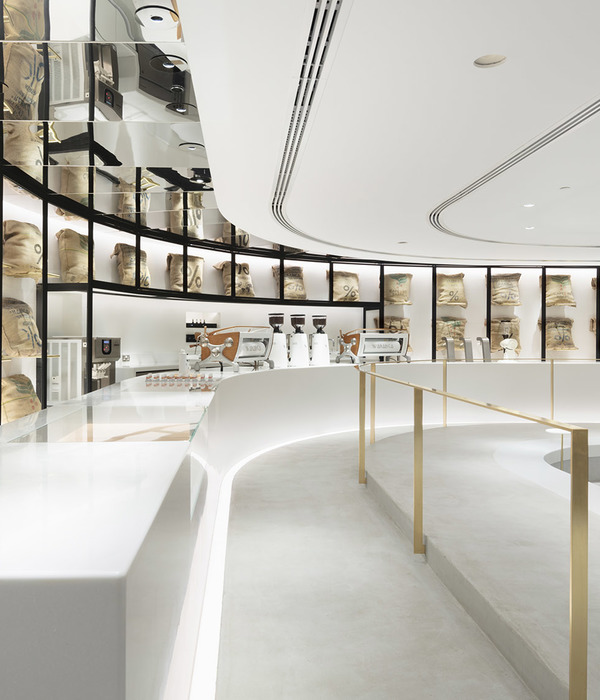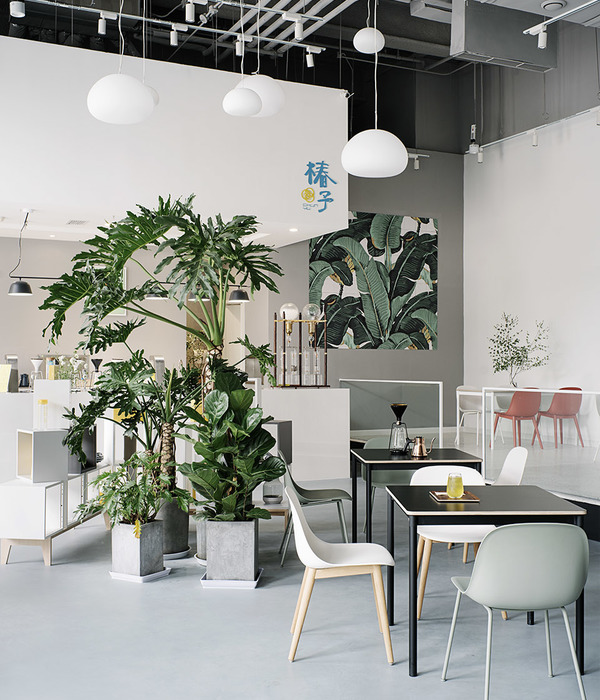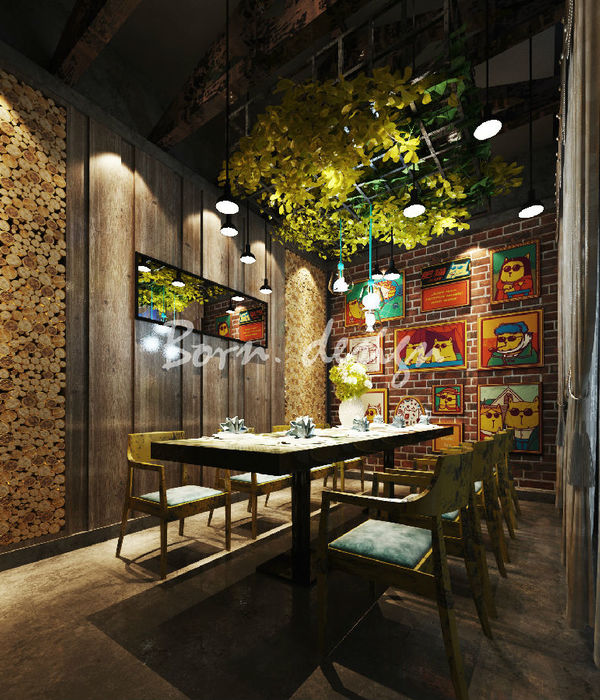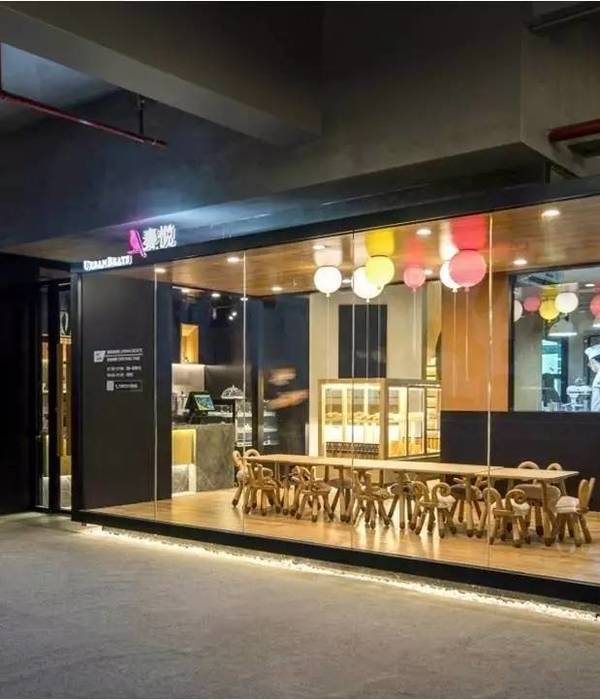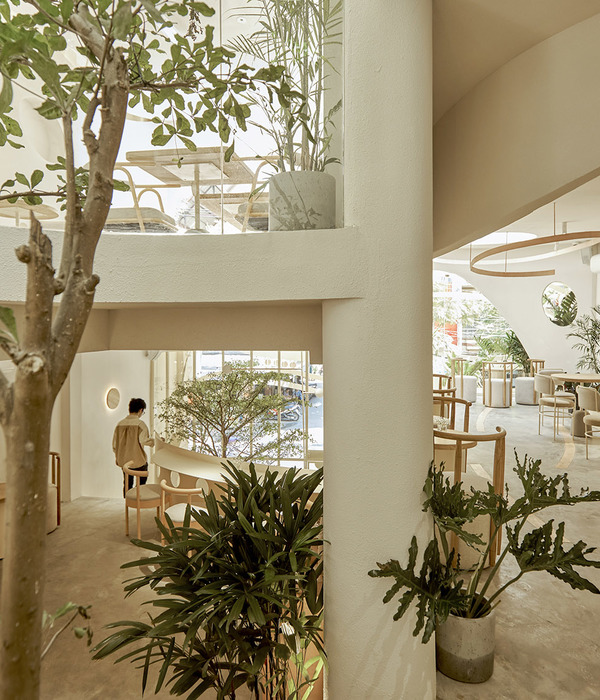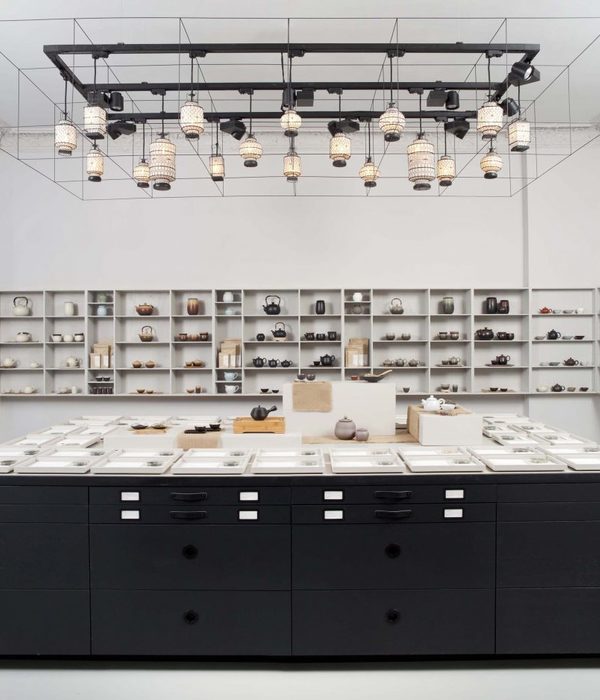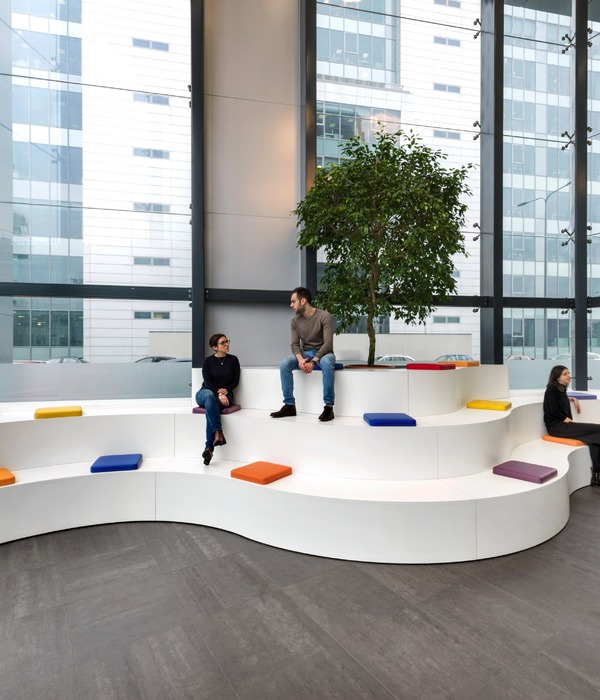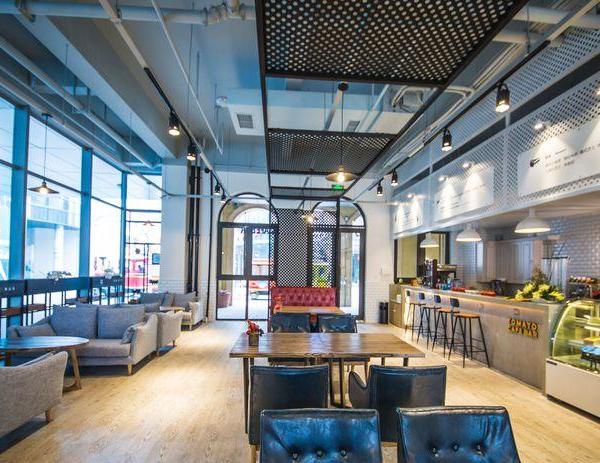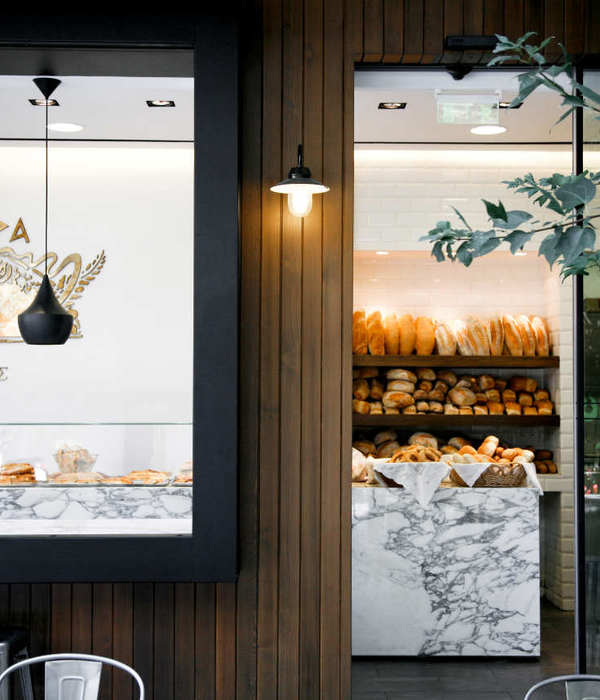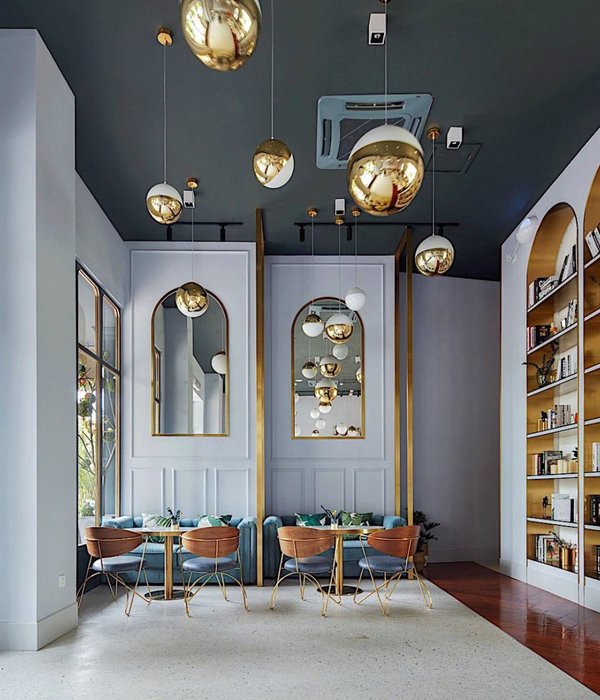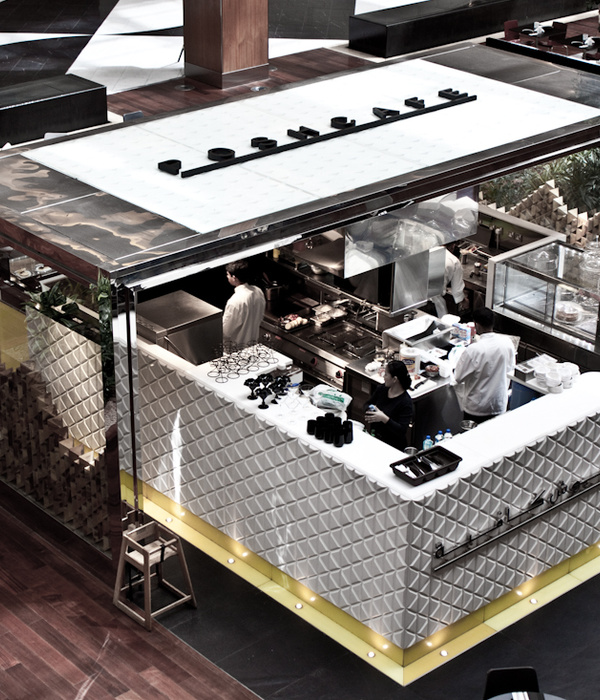由Studio Adjective构思的香港餐饮概念店KIN Food Halls在设计和食物方面都强调了可持续性和工艺。
Conceived by Studio Adjective, Hong Kong dining concept KIN Food Halls emphasises sustainability and craft in both its design and its food.
美食广场通常不是人们寻找餐饮和设计创新的地方,它们的主要功能是为大众提供快速、实惠的食物。但最近在香港太古区一幢高耸的办公大楼里开业的KIN Food hall,重新定义了美食广场的外观和运作方式。
Food courts are not where one usually looks for innovation in dining and design, their main function being to feed masses of people quickly and affordably. But the recently launched KIN Food Halls, housed in a towering office complex in Hong Kong’s Tai Koo district, reinvents what a food court looks like and how it operates
当地的室内设计公司Studio Adjective的联合创始人Wilson Lee和Emily Ho,他们的设计理念是:促进可持续饮食的食品订购应用程序的基础上,创造一个生态友好、技术驱动的空间。KIN的联合创始人兼首席执行官Matthew Reid将其描述为餐饮领域的Spotify,一个食物播放列表,可以满足各种情绪和提供不同的口味。
The brief to Wilson Lee and Emily Ho, co-founders of local interior design practice Studio Adjective, was conceptual: to create an eco-friendly, tech-driven space based on a food-ordering app designed to promote sustainable eating. KIN’s co-founder and CEO, Matthew Reid, describes it as the Spotify of dining, a food playlist offering something for every mood and taste.
从外形上看,它是一个具有未来感、几何形状和多功能的1700平方米的社交场所,具有强烈的日本美学风格,其中超过25%的材料是回收或循环利用的。餐厅的顶层是一排标有 "外卖 "字样的外卖柜台,可以快速取货,而堂食的顾客可以选择坐在公共或个人餐桌、柜台、私人房间或基于日本站立式酒吧的高桌。Studio Adjective希望照顾到每一个人,无论是独自一人还是和朋友在一起。Wilson Lee指出,场地可以根据一天中的不同时间和活动来进行调整。
Physically, the result is a futuristic, geometric and versatile 1,700-square-metre social venue with a strong Japanese aesthetic, where more than 25 per cent of the materials used are recycled or upcycled. At the top is a bank of takeaway counters simply marked ‘To Go’, making for speedy pickups, while dine-in customers can choose to sit at communal or individual tables, counters, private rooms or high tables based on Japan’s standing bars. Studio Adjective want to take care of everyone, whether alone or with friends. Wilson Lee points out that the venue can be adjusted according to the time of day and activities.
餐点是在一个隐蔽的中央厨房里准备的,不需要单独的品牌专卖店。顾客可以从四个柜台之一取走他们的订单,每个柜台都有一个玻璃墙来展示厨房。菜单上大部分是亚洲菜,这是从40多位厨师和餐馆中获得的食谱,其中还包括了当地广受欢迎的Lung Kee餐厅的经典叉烧饭,以及米其林二星级餐厅Amber的Richard Ekkebus开发的沙拉。
Meals are prepared in a hidden central kitchen, removing the need for individual, branded outlets. Patrons pick up their orders from one of four counters, each with a glass-walled display kitchen. The mostly Asian menu includes recipes licensed from over 40 chefs and restaurants, including classic char siu rice by popular local eatery Lung Kee and salads developed by Richard Ekkebus of two-Michelin-starred Amber.
Interiors:StudioAdjective
Photos:AmandaKho
Words:小鹿
{{item.text_origin}}

